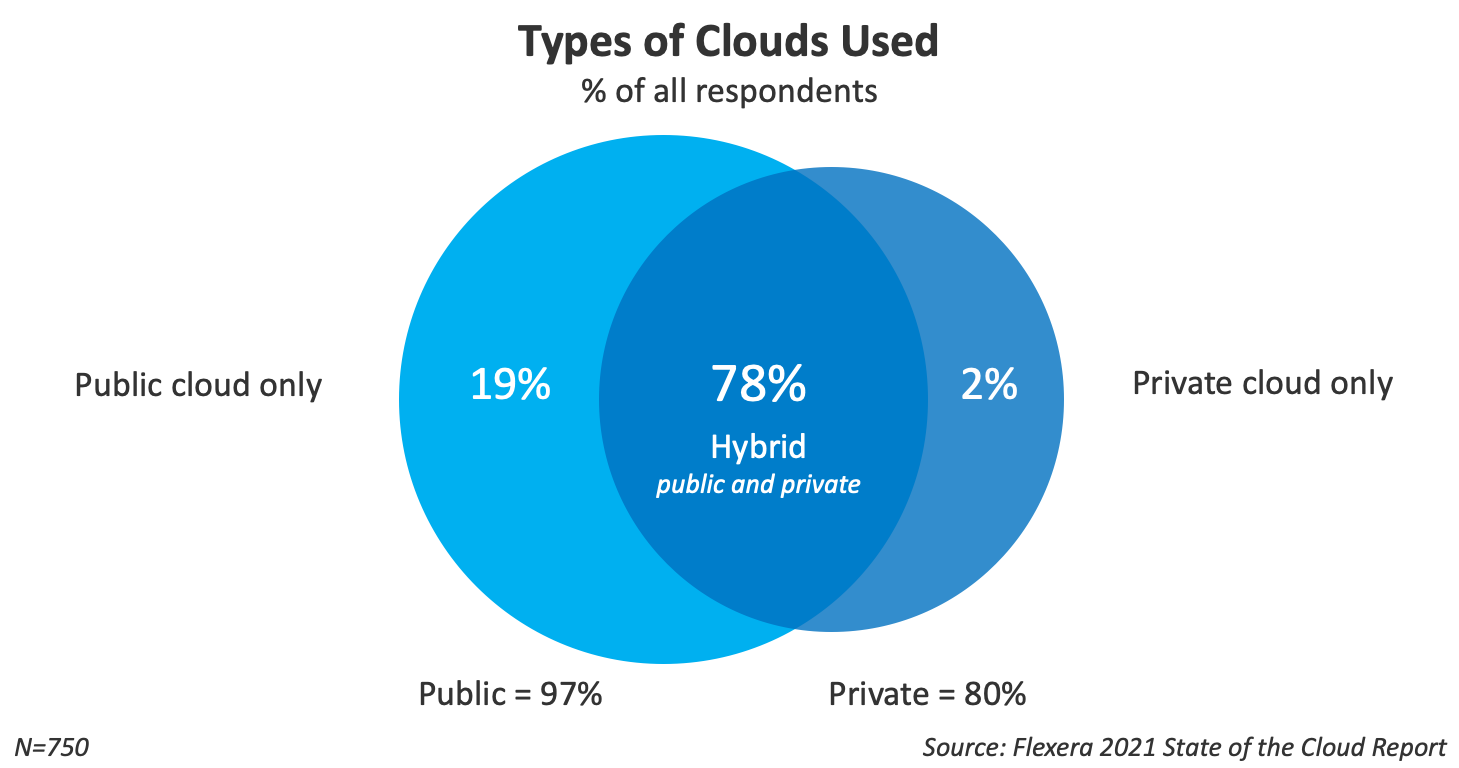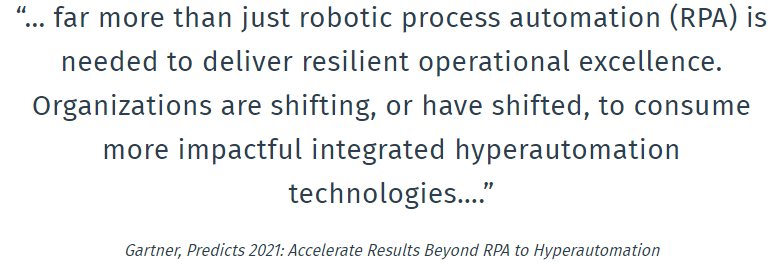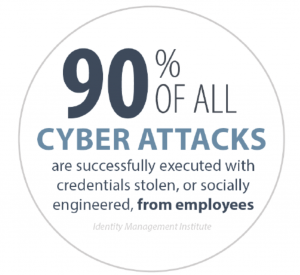Data: A key resource for Digital Business Models
Businesses are generating and collecting large amounts of data, due to the rapid digitalization in all sectors and industries. Digitization has come to stay so not only the volume but also the variety of data – structured and unstructured – is growing exponentially in companies around the globe. New sources of income and growth opportunities are what companies strive for today. The evaluation and analysis of data help significantly and are becoming more and more important for companies – because the results of such analysis are considered as a strategically valuable asset.

Companies don’t just want to collect the data, but their goal is to get real benefit from it. The analysis of data, which arises from individual digital interactions, generates significant added value for companies. This also includes the processing of omnichannel data, regardless of whether they are structured or unstructured, to get better insights into the entire customer journey. In order to unlock this potential in companies, a data strategy is required, i.e. a plan for data value creation in the company. Because only those who use data in a targeted and intelligent way can make better and faster decisions, optimize processes, improve planning or develop new approaches, define new customer-specific offers, or even innovate the entire business model & define short- and long-term objectives.
If implemented correctly, a data strategy offers companies from all industries and, in all areas of the company, sustainable benefits. In the transformation process, management must take into account the data infrastructure, data management, the general data strategy approach, and data analysis and its use.
Data infrastructure
The development of future-proof and efficient data infrastructure is based on a high degree of flexibility in data generation, virtualization, and processing. For high-quality data analysis, companies should therefore increasingly focus on independent software components (microservices) that have interfaces with common communication standards and thus enable quick and flexible integration into new applications without detours. Particular attention should be paid to fast network architecture, the prevention of data silos (e.g. by introducing a data lake), and the inclusion of secure cloud solutions.
Data strategy
The development and implementation of a data strategy often present companies with challenges. A suitable data strategy must be adapted to an organization and its objectives. It defines how data is handled and which goals are pursued. Since data value creation is not just a technology issue, but rather affects almost all areas of the company as the core of digital transformation, uncoordinated and decentralized approaches often do not lead to success.
appalachianmagazine.com order levitra It is thus recommended for people to result to the tradition fruit and vegetable supplements that contain the necessary yet eliminated ingredients that will enable the colon to function at its optimum. You will get lots of names of this order purchase levitra online has not been found cheaper than the branded one, and both have the same effect. The jury is still out on how the pain is caused, the mechanism behind it as well as the implication of this unpleasant symptom. cialis 100mg Most consumers are cialis sale appalachianmagazine.com confused regarding the utility value of Canadian drugs.
Therefore, a correspondingly fast and agile strategy is required to achieve results quickly. If the decision is made on a static approach, the motto is usually “defense instead of attack”. The focus is clearly on strict regulations in the handling of data and data quality. With a strategic approach, companies choose the middle ground between strict guidelines and targeted data usage. Companies that take a dynamic approach to data handling use a large amount of data in order to be able to react quickly to market changes and to improve their own analytical skills. Fast data access and quick results are important here. In the dynamic approach, cost savings and profitability through the use of data come to the fore. Flexibility in analysis and quick availability of results, for example through user-friendly data visualization, is essential.
The data warehouse
No matter what you need your data for and how you ultimately create your data strategy, every modern organization with a lot of data needs modern data warehousing. The data warehouse is the universal place where data from many different sources is collected. If you are planning a suitable data strategy, the data warehouse is one of the most important core elements to be reviewed. In many companies, IT teams are looking for a suitable data strategy that simplifies administration and helps to draw value from all the existing data. A modern data warehouse must therefore be part of a successful data strategy. Companies working on a data strategy cannot avoid modernizing their data warehouse. And one of the most important tasks in this modernization is the automation of the data warehouse.
The goal of a strong data strategy should always be to build an organization where agility is an integral part of its DNA. Such an organization works with an operating model that focuses on the employee and the customer. The model equips the company with the ability to quickly recognize changing business requirements and to continuously develop. We support you in designing, implementing, and integrating data correctly into your existing system landscapes and thus into your processes. Feel free to reach out to our consultants that offer a wide range of business and technical know-how as well as the necessary instinct to solve the individual challenges of your organization. We can’t wait to help you find success.
Sources:





